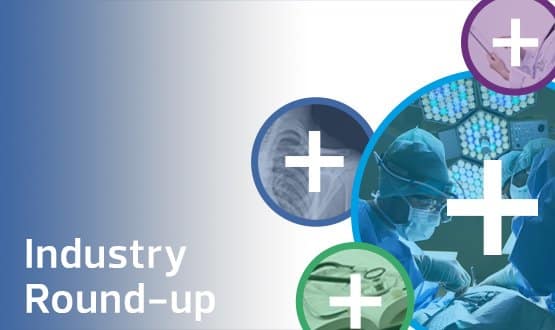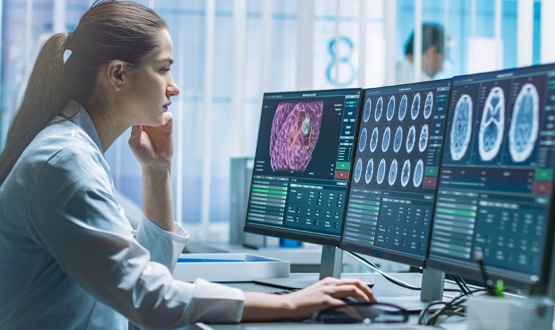Researchers develop mobile diagnosis system
- 15 May 2008
A new system to transmit medical images via mobile phones has been developed by researchers at the Hebrew University of Jerusalem.
Developed by Yissum, the Hebrew University’s technology transfer company, the system provides an independent data acquisition device (DAD) at a remote patient site where users have no image display capabilities. The device is then connected to a hardware control multiserver unit at a central site via mobile phone technology with an advanced image reconstruction capabilities, with the processed data then returned to the DAD site.
Yissum said the system has the potential to provide radiological diagnoses and treatment to the majority of the world’s population lacking access to such sophisticated technology.
Unprocessed images are transmitted to the phone with a USB cable. The mobile at the DAD site then dials into a powerful central computer that contains software to process the images transmitted.
From this data, an image is reconstructed and sent back to the mobile phone for viewing. Researchers have found that the image clarity is clear and accurate enough to make a diagnosis, said Yissum.
A spokesperson told E-Health Europe: “The DAD can be made with off the shelf parts that somebody with basic technical training can operate.”
The invention is jointly patented and owned by Yissum and by the University of California, Berkeley. They now hope to commercialise the system.
“The fact that the image itself is produced in a centralised location and not on the measurement device has the potential to make technological advances in medical imaging processing continuously available to remote areas of the world, which despite their lack of sophisticated equipment in general often do have cell phone communication,” said the spokesperson.
“By simplifying the apparatus at the patient site, it reduces the cost of medical imaging devices in general. It also removes the need for advanced imaging training of the personnel at the patient site.”
According to the World Health Organisation, around three-quarters of the world’s population has no access to ultrasounds, X-rays, magnetic resonance images and other medical imaging technology used for a wide range of applications.
Link
Hebrew University of Jerusalem




